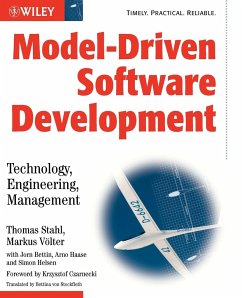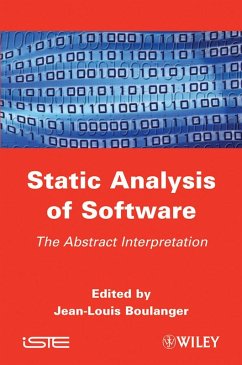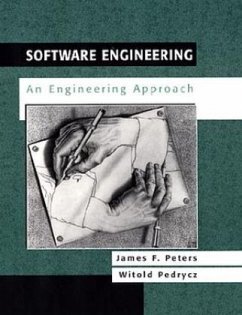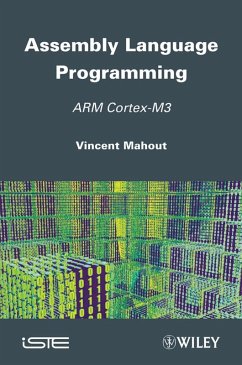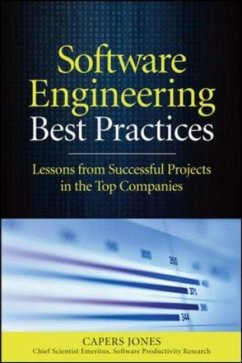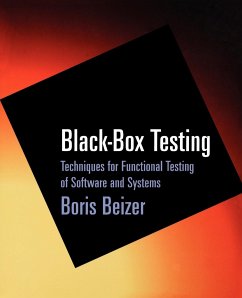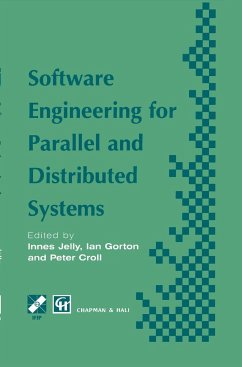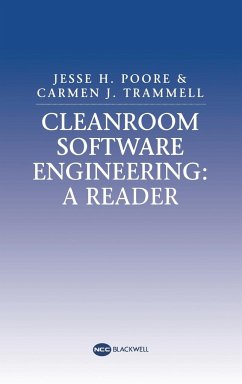Nicht lieferbar

Model-Driven and Software Product Line Engineering
Many approaches to creating Software Product Lines have emerged that are based on Model-Driven Engineering. This book introduces both Software Product Lines and Model-Driven Engineering, which have separate success stories in industry, and focuses on the practical combination of them. It describes the challenges and benefits of merging these two software development trends and provides the reader with a novel approach and practical mechanisms to improve software development productivity. The book is aimed at engineers and students who wish to understand and apply software product lines and mod...
Many approaches to creating Software Product Lines have emerged that are based on Model-Driven Engineering. This book introduces both Software Product Lines and Model-Driven Engineering, which have separate success stories in industry, and focuses on the practical combination of them. It describes the challenges and benefits of merging these two software development trends and provides the reader with a novel approach and practical mechanisms to improve software development productivity. The book is aimed at engineers and students who wish to understand and apply software product lines and model-driven engineering in their activities today. The concepts and methods are illustrated with two product line examples: the classic smart-home systems and a collection manager information system.




